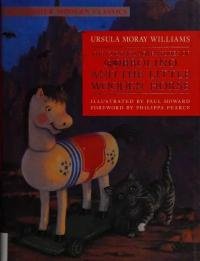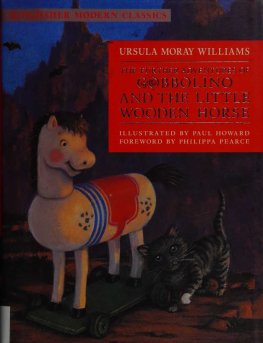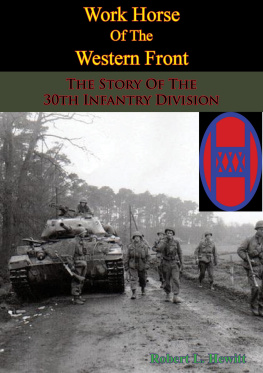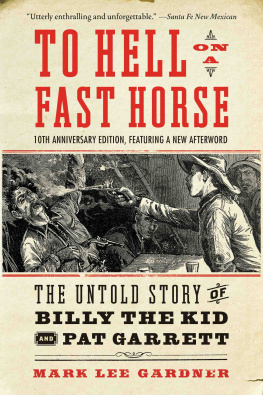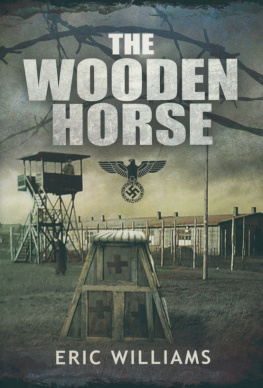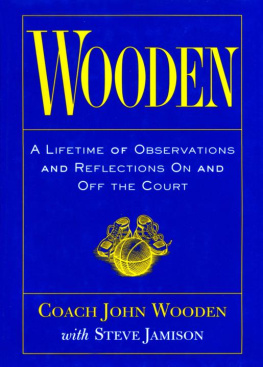For Tom Wilson, who was there
First published in Great Britain in 2014 by
Pen & Sword Military
an imprint of
Pen & Sword Books Ltd
47 Church Street
Barnsley
South Yorkshire
S70 2AS
Copyright Robert J. Laplander 2014
HARDBACK ISBN: 978 1 78383 101 2
PDF ISBN: 9781473836907
EPUB ISBN: 9781473835146
PRC ISBN: 9781473836020
The right of Robert J. Laplander to be identified as the Author of this
Work has been asserted by him in accordance with the Copyright, Designs
and Patents Act 1988.
A CIP catalogue record for this book is available from the British Library
All rights reserved. No part of this book may be reproduced or
transmitted in any form or by any means, electronic or mechanical
including photocopying, recording or by any information storage and
retrieval system, without permission from the Publisher in writing.
Typeset in Ehrhardt by
Mac Style Ltd, Bridlington, East Yorkshire
Printed and bound in the UK by CPI Group (UK) Ltd,
Croydon, CRO 4YY
Pen & Sword Books Ltd incorporates the imprints of Pen & Sword
Archaeology, Atlas, Aviation, Battleground, Discovery, Family History,
History, Maritime, Military, Naval, Politics, Railways, Select, Transport,
True Crime, and Fiction, Frontline Books, Leo Cooper, Praetorian Press,
Seaforth Publishing and Wharncliffe.
For a complete list of Pen & Sword titles please contact
PEN & SWORD BOOKS LIMITED
47 Church Street, Barnsley, South Yorkshire, S70 2AS, England
E-mail:
Website: www.pen-and-sword.co.uk
Contents
Foreword
W hen I was first asked to pen a few words to introduce this fine work, I was filled with a mixture of honour, pleasure and not a little trepidation, for the part of the world which is central to the story is known only too well to me. I have travelled to Sagan many many times and, more than most in this late, day know the significance of this bleak setting in what has been called the Upper Silesian Dustbowl.
However, after but a momentary pause for thought I realized what a fine opportunity it would be to become involved in what I consider to be the definitive account of not only the Wooden Horse escape, but of the East Compound at Stalag Luft III as well. It would be fair to say that this early compound, its characters and history, often become overshadowed by the neighbour who joined it later, the North Compound. History recalls the North Compound to have been the location of one of the most inspirational acts of World War Two. There, one snowy night in March 1944, seventy-six RAF officers made a daring bid for freedom during what has become known as The Great Escape. While three men made a successful Home Run to freedom, the remaining seventy-three were recaptured and, in one of the most flagrant breaches of the Geneva Convention governing the treatment of Prisoners of War (PoW), fifty of those were selected at random and murdered by units of the Nazi regime.
Though the story of The Great Escape is vitally important to our understanding of the many aspects of PoW life not the least of which is how hundreds of men were able to work together in secret for so many months it does sometimes overshadow literally hundreds of other escape attempts made at Stalag Luft III and other PoW camps.
There have been many fine accounts by former prisoners of war regarding their own personal experiences in the war which make reference to either first hand eye-witness accounts, or refer to stories that were passed on to them. While absorbing pieces in themselves, they do often remain just that; solitary accounts of personal experiences. Until now there has been a general void in accounting for the early history of Stalag Luft III, as seen through the eyes of the inmates of East Compound. However that void exists no longer. In this book, Robert Laplander has painstakingly and meticulously researched the history of this dramatic piece of land that measured only a few hundred yards by a few hundred yards.
I would urge all that can do so to make the pilgrimage to Sagan; once in Germany but now renamed Zagan and, due to the post-World War Two border changes, now in Poland. Primarily due to its isolated location it has, in many ways, remained unchanged after all these years. Here one can stand where these fine men stood and close ones eyes and be transported back in time. The camp was created when trees were cut and cleared from the dense forest, and in places Mother Nature has sought to reclaim it to her fold. The tall trees surrounding the camp still make for a foreboding sense of isolation which is only reduced when one remembers that one can leave the scene at the end of the day and return to the comfort of a hotel in the town beyond the woods and train station just a few kilometres distant. Such comfort could only have been the subject of dreams by the men held there during the war.
Yet this book, while containing a definitive account of the East Compound at Stalag Luft III, goes still further and frames the camp and compound history around what I personally feel to be one of the most ingenious escapes of the war: The Wooden Horse. Here Robert successfully balances the components of all great stories characters and plot to recreate one of the most endearing of escape tales; one which saw all the participants succeed in their objectives of obtaining freedom. Along the way we meet and greet the characters involved and we participate in their detailed experiences which gradually see their paths intertwined before they collaborate on the escape.
To tell the story in a way that educates and entertains is no mean feat, and it takes excellent primary research, patience, and passion for the subject matter. Robert has blended all these ingredients and has created a literal feast for the reader to taste and enjoy. I highly recommend this meal to you.
Gavin J.F. Worrell
Sunbury-on-Thames
Authors Notes and Acknowledgements
T he story you are about to read is true. It happened in my grandparents time and I have striven to retell it as authentically as possible. It has always been my favourite escape story, although I was made aware very early on that there was more to the story than had been told in Eric Williams classic book. Thus I have diligently searched out whatever sources I could find in order to tell as complete a rendition of the tale as possible. Some may feel initially that this book is redundant and unnecessary; that the story has already been popularly told, at least twice. However, it is only now some seventy years after the events described that all the pieces necessary could come together and the full story can be finally told.
Eric Williams book, The Wooden Horse , was the publics introduction to the story. However, even by his own admission it was not exactly the book he wanted to write. If it all were not based in fact and written by one of the principal participants, today it could very well be conceived as historical fiction. Only those pertinent facts keep it from being regarded as such. Outside of the three main characters, all others are composites of several real individuals that worked on the escape, and many of the incidents related in that book are composites of events, all of which is set along a compressed time-line. Because of that, initially sorting out who was who and what was what in order to maintain accuracy for this book turned out to be quite a chore! There was also the 1950 film The Wooden Horse , based mostly on Williams book, and on which he was technical advisor, which also helped muddy the waters. Oliver Philpots book Stolen Journey (the second popular telling of the tale) was a big help in regard to straightening things out, but even his work held tantalizing omissions; not the least of which was his maddening habit of providing no last names and his prolific use of nicknames. Then too, printing space considerations of the time, the British Governments Official Secrets Act, and a public that was not nearly so detail demanding, meant that general retellings of this most exciting tale were considered quite good enough.



